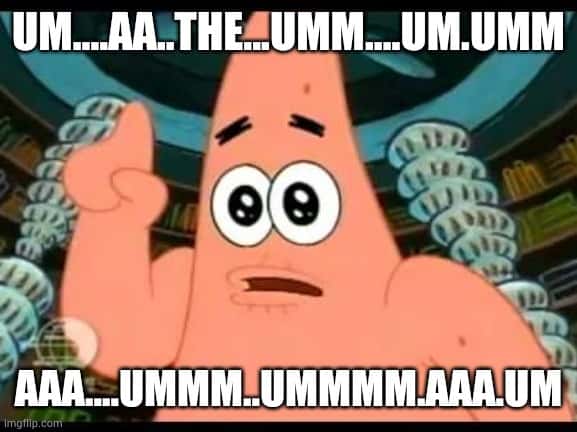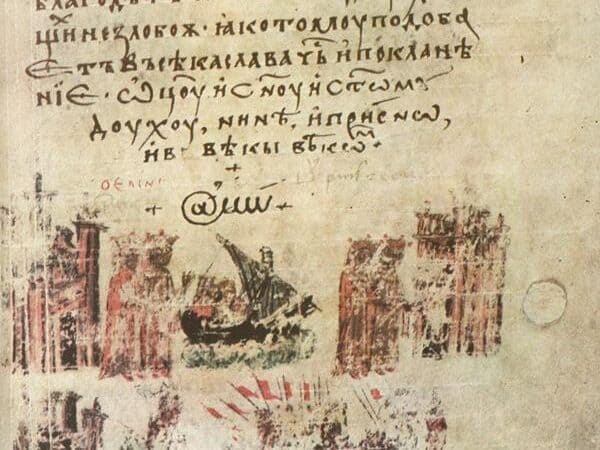Who was Riley and what kind of life did he have?
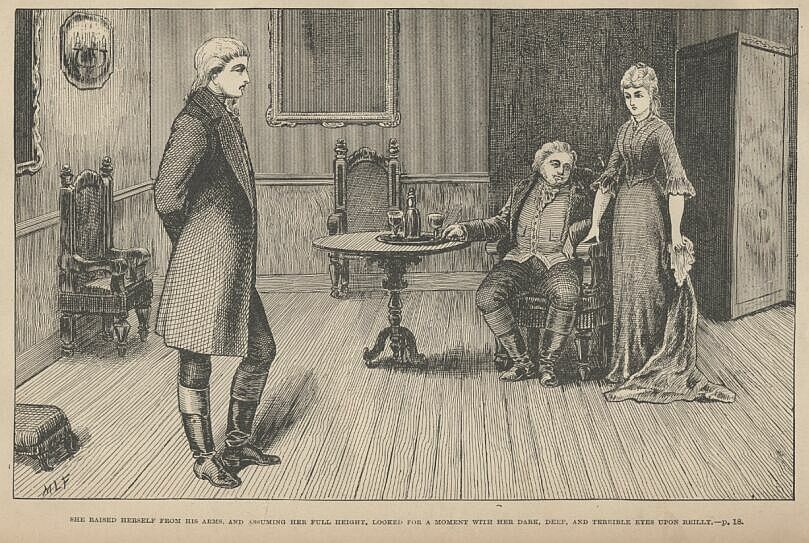
The expression ‘living the life of riley’ means to live a happy, carefree and luxurious life. But where did the idiom come from, and who was Riley?
The story of Riley takes us back to Ireland 1796, where, at the foothills of the Bricklieve mountains, lived Willie Reilly, a catholic gentleman of modest means. Reilly fell in love with the beautiful Ms Helen Ffolliott, who lived in Hollybrook House by Loch Arrow. She was the daughter of a wealthy protestant squire.
At dinner the squire had most of the conversation to himself, his loquacity and good-humor having been very much improved by a few glasses of his rich old Madeira. His daughter, on the other hand, seemed frequently in a state of abstraction, and, on more than one occasion, found herself incapable of answering several questions which he put to her. Ever and anon the timid, blushing glance was directed at Reilly, by whom it was returned with a significance that went directly to her heart. Both, in fact, appeared to be influenced by some secret train of thought that seemed quite at variance with the old gentleman’s garrulity.
Willy Reilly – The Works of William Carleton, Volume One by William Carleton 1881
As Reilly didn’t have the money and status required to ask for Helen’s hand, and he was a Catholic and she a Protestant, they secretly eloped. But her father chased them down and Reilly was arrested for abduction. The trial was led by judge Luke Fox. Reilly was charged with abduction and theft of jewellery worth £2000. But Helen pleaded Reilly’s innocence so Fox urged the jury to let the prisoner go.
Reilly’s name was cleared, he got off scot free (see Bonus Fact) and Helen’s father gave consent for them to be married. He inherited her wealth and status and went on to live a happy and luxurious life with the woman of his dreams.
Then out spoke noble Fox, as at the table he stood by,
extract from the Trial Of Willy Reily For running away with Coolen Bawn, 1813. (Coolen Bawn means ‘young white girl’ in Irish)
Gentlemen of the jury look on this extremity,
To hang a man for love it is murder do you see,
Let’s save the life of Reily, and banish’d let him be.
It sounds like a fairy tale but there are strong indications that is was a true story, for example there was indeed a Folliot family that lived at Hollybrook House at that time:
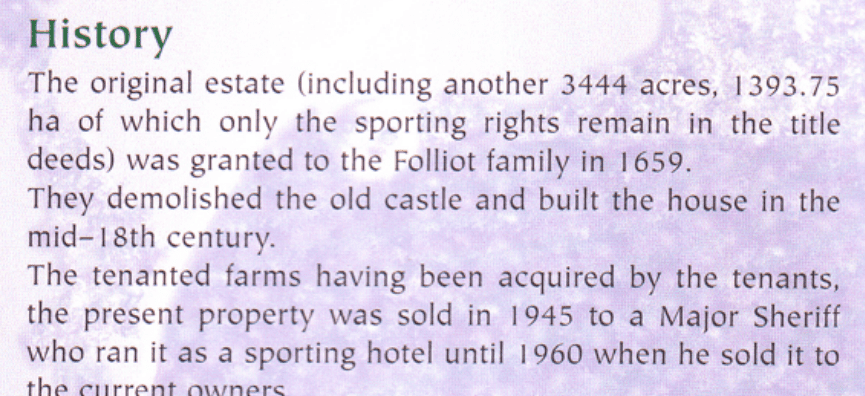
‘The noble Fox’, Luke Fox was a real person too, he was appointed to the bar in 1784 and operated in the North West of Ireland. It was said his name befitted him. He was accused of judicial misconduct on a number of cases and was once accused of trying to persuade a grand jury to find a verdict for political reasons. Perhaps he felt akin to Reilly because he himself had married into wealth to the niece of the Marquess of Ely in 1790.
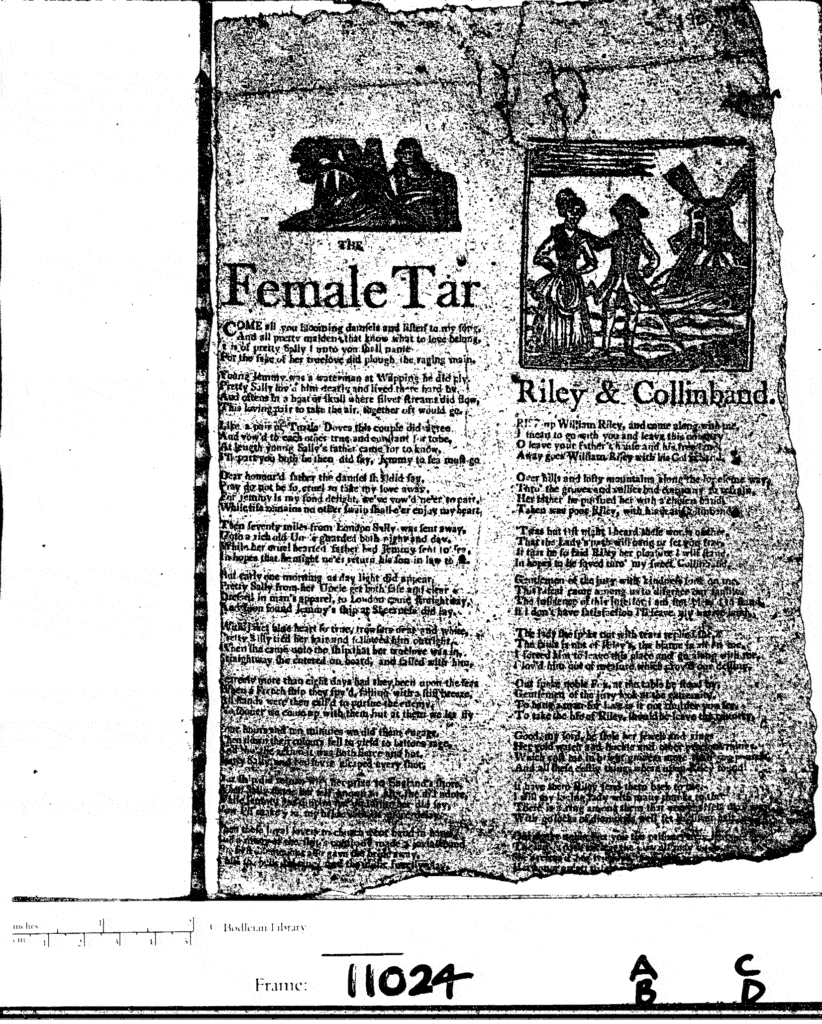
The story of Willie Reilly is given more credence by William Carleton’s historical dramatisation published in 1855. In the introduction he talks about the background of the Reilly family and the 1746 Statute which made any marriage between a Catholic and a Protestant Statute ‘absolutely null and void,’ but how, over the years, it had become more lax.
Had her father even given his consent at an earlier period, the laws of the land would have rendered their marriage impossible. This cruel law was overlooked; for it need hardly be said that it was met and spurned not only by human reason, but by human passion. In truth, the strong and influential of both religions treated it with contempt, and trampled on it without any dread of the consequences.
Willy Reilly – The Works of William Carleton, Volume One by William Carleton also available as free ebook on Amazon
Living The Life Of Riley
The story of Reilly’s life became the subject of many ballads throughout the 19th century and later vaudeville songs, but it’s not until the early 20th century that we have any evidence of the expression ‘living the life of riley,’ where it appeared in newspapers.
One early example appeared in the Hartford Courant on 6 December 1911 which described a famous wild cow in Cromwell which had been rampaging through farmers’ fields, enjoying their crops, and evading capture for over a year. The expression seems to be used in a scenario where the person living the life of luxury has evaded something, which fits with the story of Willie Reilly.

Hartford Courant
Hartford, Connecticut06 Dec 1911, Wed • Page 1
Bonus fact: Origins of the expression Scot-free
‘Skattr’ is Old Norse “tax”. Over time the word mutated into modern English as “scot”. Thus “scot-free” literally means “exempt from tax”; it has since been broadened to indicate “exempt from punishment” – as in “the prisoner got off scot-free”.
https://www.theguardian.com/notesandqueries/query/0,5753,-2732,00.html
Sources:
Living The Life Of Riley (Reilly) | GRAMMARIST
life of Riley – wordorigins.org
from the Bodleian Libraries – Broadside Ballads Online
Willy Reilly – The Works of William Carleton, Volume One by William Carleton
Irish Properties – Holly Brook Estate – County Sligo



